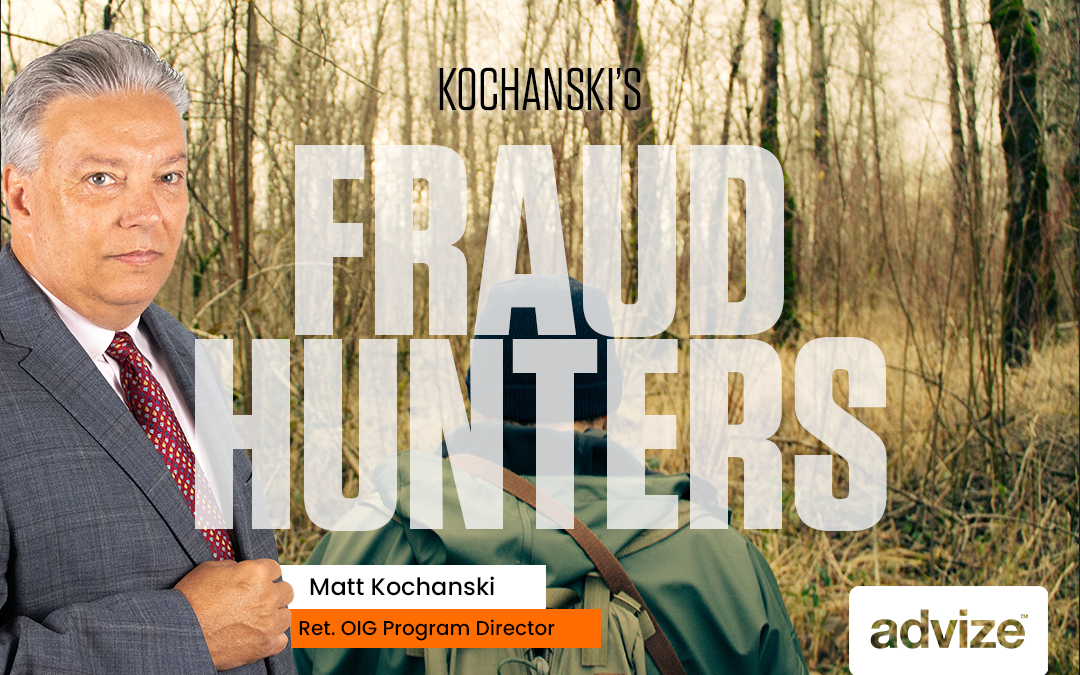
Referrals to law enforcement are just one of the ways that SIUs (Special Investigation Units) resolve cases. The number and relative importance of such referrals vary, but one thing is constant – the referrals should be reserved for only those cases where resolution within the justice system is appropriate. This, of course, raises several questions.
First, how does an investigator know it is appropriate? The answer is simple – because the law enforcement (LE) agency to whom the referral is going has told you so. A referral should be a by-product of a relationship between the SIU and the LE agency. From this relationship, the SIU should learn the priorities, criteria, and needs of the LE agency. This will give the SIU the general information they need to identify potential referrals. Beyond that, the relationship should also include discussions on individual data projects and investigations. The result of these discussions should be referrals of cases that the LE agency knows about and has voiced their desire to receive. No referral should come as a surprise package to the LE agency.
And speaking of packages, the actual referrals should be packaged in a particular way. Working with the specific LE agency/office may provide the SIU with some particular formatting suggestions, but generally:
- The first sentence needs to grab their attention. From the start, a good referral package is going to open the eyes of the reader and show them why the case needs to be accepted.
- The allegation should be clear, and the policies and regulations explained.
- Investigative steps should be summarized, and the evidence gathered from them highlighted.
- The importance of that evidence should be made clear.
- The findings, including the loss amount and evidence of intent, should be well defined.
- Recommendations for administrative actions to be taken should be included.
- A list of exhibits should be included, and the actual exhibits (data, interview reports, other documents) should be attached.
- The referral should be fact-based, objective, and free of any conclusions such as “this is fraud,” etc.
The referral should be the product of a good relationship with the LE agency, should include what they need and want to see, and should be packaged in a professional and consistent manner. The goal is that they can pick up the hunt where you left off with all the information they need.


Recent Comments